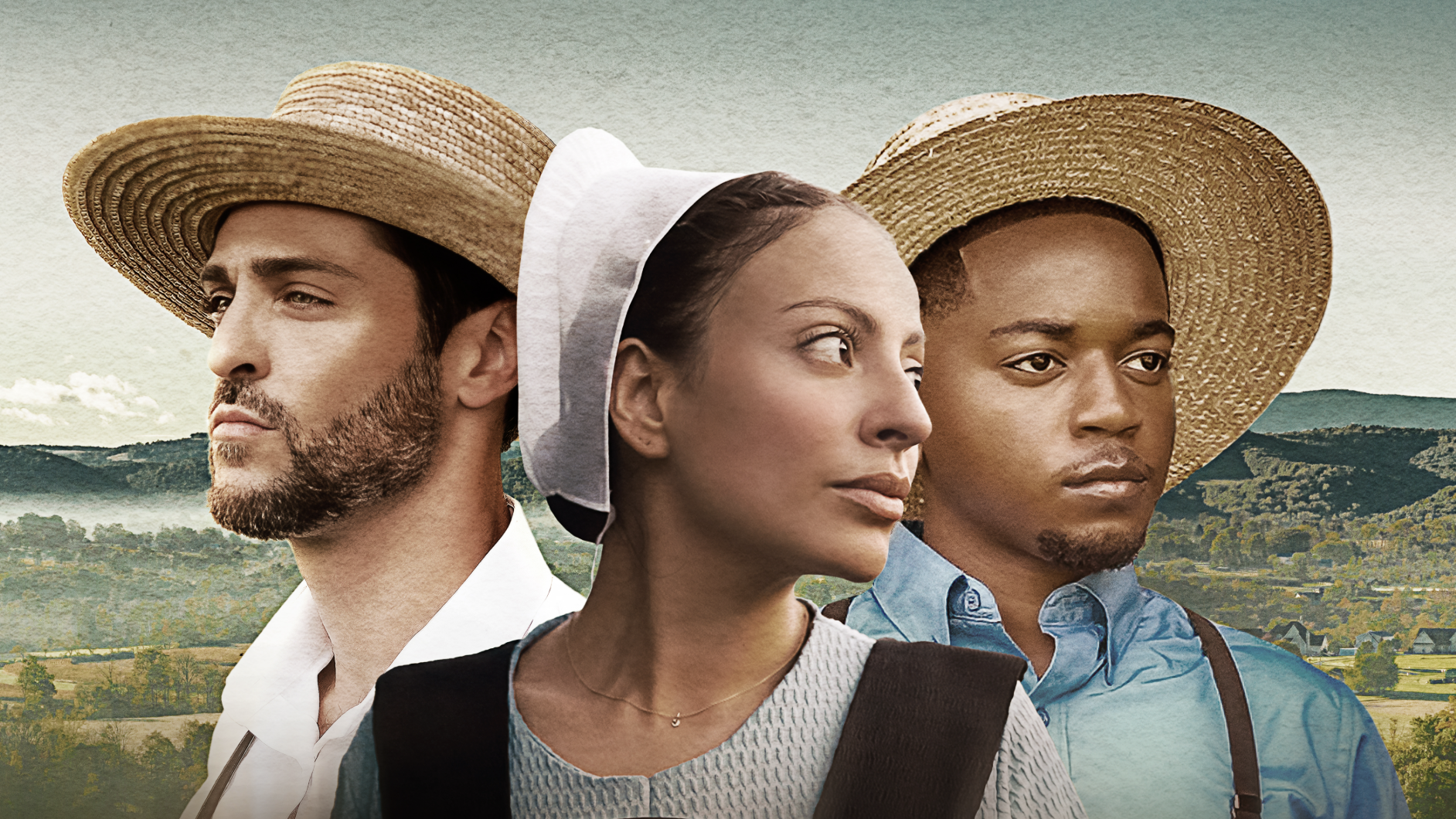What to Watch Verdict
'A Classic Horror Story' is as graceful as the gymnast in 'Final Destination 5' when it comes time to stick its convoluted, entirely overlong finale.
Pros
- +
😱 That red-lit cinematography, oh yeah.
- +
😱 It's intriguing upon beginnings.
- +
😱 Confident direction.
Cons
- -
😱 A disaster of an ending.
- -
😱 Gets lost in its crossed narrative wires.
- -
😱 The back half is so detrimental to the good accomplished.
With a name like A Classic Horror Story, Netflix’s Italian thriller flaunts lofty ambitions. Filmmakers Roberto De Feo and Paolo Strippoli create from a place of genre adoration but indulge an unfocused obsession with subversive guile. The “classic” element of A Classic Horror Story favors commentary on how outsiders view such a maligned, misrepresented genre that boils down to “blood and guts” out of less knowledgeable mouths—until a finale that runs itself in redundant, reductive circles. I appreciated this marriage of cultism and psychological unrest until I desperately wanted the conclusion to finish. It’s never a good sign when your reaction to any movie’s climactic culmination is, “please, please just roll the credits already?”
It all begins when Elisa (Matilda Anna Ingrid Lutz) enters an RV rideshare scenario with Fabrizio (Francesco Russo) as her driver. Mark (Will Merrick) and Sofia (Yuliia Sobol) are your boilerplate millennial couple, which juxtaposes Riccardo’s (Peppino Mazzotta) more stern and uninterested disgraced medical professional. Together, they drive until—through a series of events—Mark crashes into a tree when Fabrizio throws the wheel to avoid incoming roadkill. The passengers regain consciousness and realize they’re in the middle of a field, no roadway in sight, with only a witchy-looking house beckoning them inside. I’d say “what can go wrong,” but since this is a “classic horror story,” the clues are all rather obvious.
Truthfully, it’s a setup that’s familiar but functionally engaging since De Feo and Strippoli are aiming to both recreate what we know about spooky-satanic cabins in woodlands. Fabrizio’s luxury rideshare camper immediately gives off The Texas Chain Saw Massacre vibes as the devourer of horror cinema waxes nostalgic about fright flicks and Italy’s negative prejudices against horror fans. Then the entire carpool finds themselves in this assertively damned horror scenario, down to postcard-worthy cinematography where blood-red lights pour through jagged window angles, soaking panicked characters in crimson overlays. A Classic Horror Story draws influence from ‘80s roadside slashers to beautiful homegrown Italian Giallo glimpses to Netflix’s own The Ritual. Add a dash of Midsommar and The Wicker Man for sunshiney communal terror of the ritualistic variety, and that’s essentially the horror stew that boils—until overcomplication spoils the recipe.
At its most accomplished, A Classic Horror Story is enriched by its influences as masked masses overtake the Gothic-as-heck estate without a name. Elisa is our guide as Riccardo, Sofia, Fabrizio, and Mark fall victim to the presumably sacrificial simulation at hand—Matilda Anna Ingrid Lutz pulls trace resemblances from her performance as Jen in Revenge. Even so, she isn’t asked to be an ass-kicker with that same huntress costume. Everyone’s playing a rigid stereotype here, from Will Merrick's obnoxious party boy to Francesco Russo’s spiritual rebirth of Randy Meeks; Lutz just manages to break out of suggested molds a bit fiercer when the reality of the film’s program glitches. Although, there’s where my frustration also begins. It’s all hammer-to-ankles gory and suspiciously convenient in terms of what we think to be cult mythology (three demon brothers), and then a finale spins so incredibly out of control we lose any impact beyond “Horror, am I right?”
The tricky part here is honoring the sanctity of zero spoilers without explaining why A Classic Horror Story fails itself after such an inspiring start. The level of convolution that overtakes as Elisa faces the film’s true evil is interesting for a few seconds; then another twist occurs, then the next, and we reach a point of exhaustion. Worse off, De Feo and Strippoli sever any cohesion as what appears to be this isolated slasher redux with false-idol influences becomes lost in Italian gangster implications, the misunderstood "depravity" of horror cinema, then horror vileness becoming the scapegoat villain. Is the mafia now funding horror projects and hiring wannabe director nutjobs who think they're god, except people only watch the beginning and end of streamable titles before clicking “thumbs down” because streamer accessibility is killing moviegoing culture? Reader, just know I am so disappointed with the end of A Classic Horror Movie only because it ticks all my boxes until an unceremoniously nonsense unraveling—there’s experimentation, then there’s drowning in unfinished ideas with no direction.
The question becomes, does A Classic Horror Movie's outro erase some smashingly deceptive storytelling before foundations crumble? Roberto De Feo and Paolo Strippoli are confident in their mind games. They throttle forward with anything but just another horror narrative as the title suggests, and yet their ambition might be the film’s ultimate undoing. I dig on all the smashed limbs, the mounted animal heads that peer through souls, and the general sensation of distrust that permeates so many scenes—yet, the ending's foul taste lingers longest because it’s the last impression A Classic Horror Movie leaves audiences. Instead, it’s a double-barrelled shotgun blast of chaos and confusion that sends viewers out scratching their heads. As far as sticking the landing goes? De Feo and Strippoli aren’t even as graceful as the gymnast in Final Destination 5—spoiler alert, it ain’t pretty.
The latest updates, reviews and unmissable series to watch and more!
Matt Donato is a Rotten Tomatoes approved film critic who stays up too late typing words for What To Watch, IGN, Paste, Bloody Disgusting, Fangoria and countless other publications. He is a member of Critics Choice and co-hosts a weekly livestream with Perri Nemiroff called the Merri Hour. You probably shouldn't feed him after midnight, just to be safe.


